 Be Inspired Blog - Arizona
Be Inspired Blog - Arizona
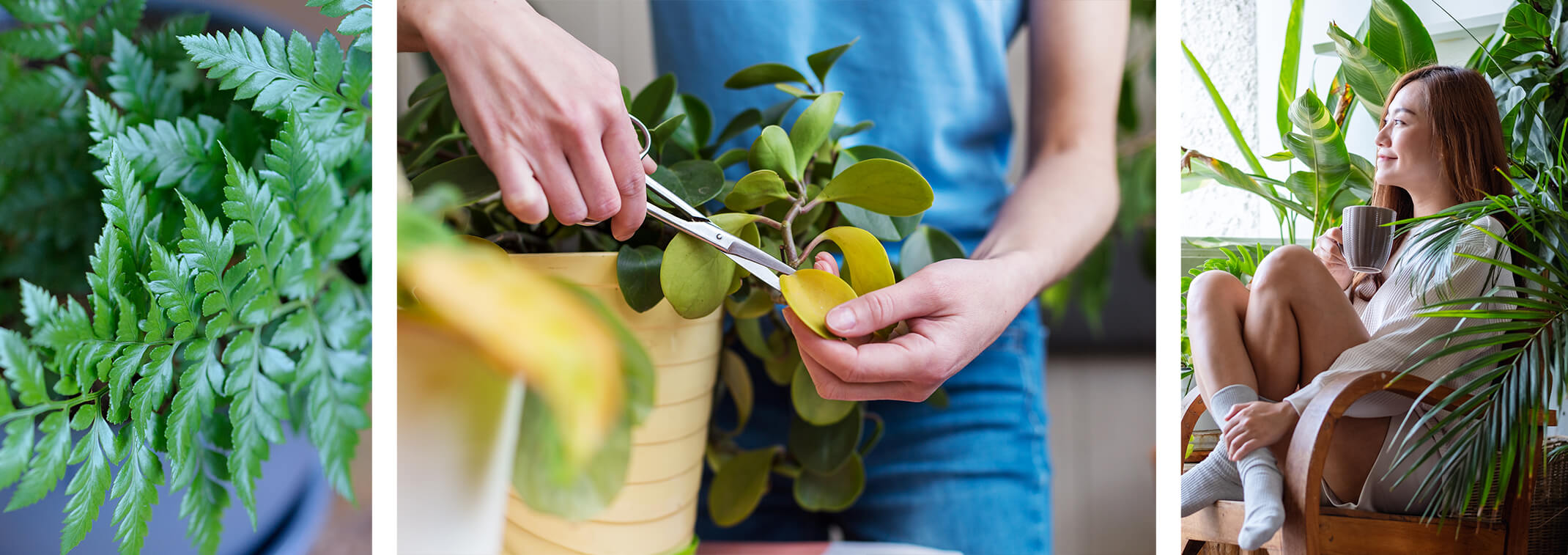
Your Guide to Houseplant Lighting and Care Through the Seasons
Do you stick to the same care routine for your houseplants year-round? As it turns out, that might not be the best option for keeping your houseplants as healthy and lush as possible. We created this guide to houseplant care and lighting requirements to help you understand why your routine should change with the seasons.
Do Seasons Affect Indoor Plants?
Yes! Even if your temperatures remain consistent indoors, your houseplants are still affected by seasonal changes. Sunlight levels are lowest in winter and highest in summer, and your houseplants can detect these shifts in light levels. Most houseplants enter a dormancy period in winter, so when they sense that light levels are dropping, they know it’s time to take a breather and conserve energy before their next big growth spurt.
Houseplant Lighting and Care for Every Season
If your houseplants have consistent care and lighting all year round, this will mess up their natural cycle of dormancy, and future growth won’t be as strong. Follow this guide so you can understand how to adjust your houseplant care routine all through the year.
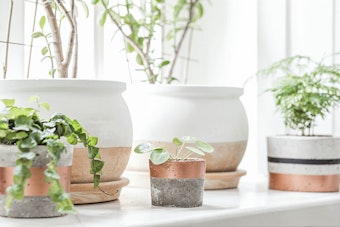 Winter Houseplant Care
Winter Houseplant Care
Sunlight levels are at their lowest, and it’s time for your plants to take a much-deserved rest!
Lighting: Houseplants can typically adjust well to decreasing sunlight in the winter, as dormancy is a normal part of their growth cycle. However, if sunlight levels drop dramatically, your plants may suffer. If they’re showing signs of distress, move them closer to the window so they can soak up some rays.
Water: Less light and slowed growth mean your houseplants don’t need as much water. If you typically water your plants once a week in summer, you can scale back to around once every two weeks in winter. Some low-light indoor plants, like Sansevieria, will only need to be watered once every three to four weeks!
Fertilizer: Don’t fertilize your houseplants in winter! It can jumpstart a growth spurt way ahead of schedule, without the necessary time to rest and recharge that dormancy provides.
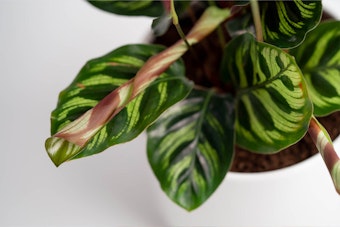 Spring Houseplant Care
Spring Houseplant Care
As sunlight levels begin to increase, your houseplants will wake up from dormancy and be ready to start growing again!
Lighting: Light levels are increasing! If you moved your plants closer to the window during winter, you should move them back to their original spot.
Water: Gradually increase the watering frequency, but don’t overdo it! Overwatering is more harmful than underwatering and much harder to fix. Most plants like the first couple of inches of soil to dry out before getting watered again.
Fertilizer: You can start fertilizing at the start of the season around late March or early April. Slow-release granular fertilizers work well because they deliver small amounts of nutrients to your plants every time you water over several months.
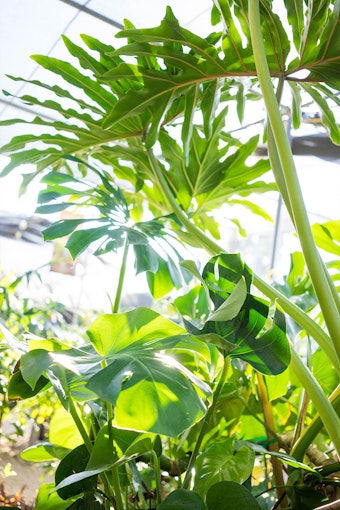 Summer Houseplant Care
Summer Houseplant Care
Light levels are at their brightest! Your plants will be growing much faster this time of year.
Lighting: Some plants—particularly tropicals like Monsteras and Fiddle Leaf Figs—don’t do well in super bright, direct sunlight, so if your plants develop scorch marks on their leaves, move them farther away from the window.
Water: Hot temperatures and bright sun can dry up soil much faster. Water at least once a week, and pay close attention to your plants. If they look limp, fatigued, or dehydrated, increase watering.
Fertilizer: Your plants are soaking up more nutrients from the soil when they’re growing this fast, so regular fertilizer applications are important. Water-soluble fertilizers work well for an instant supercharge. Don’t add too much—follow instructions closely to avoid over-fertilizing or burning your plant.
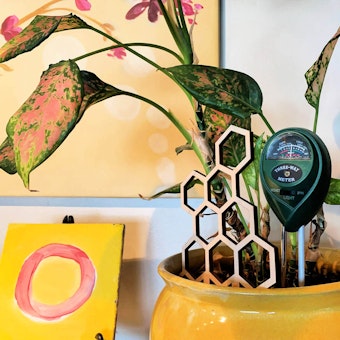 Fall Houseplant Care
Fall Houseplant Care
Temperatures and light levels are beginning to fall—your plants are still growing, but they’re preparing for a rest.
Lighting: Light levels are comfortable—not too bright, not too dim. You aren’t likely to encounter any difficulties here.
Water: Your plants may not need as much water as they did in summer—scale back slightly and pay attention to how quickly the soil dries up.
Fertilizer: Apply your last application of fertilizer in September. Applying fertilizer any later may trigger more growth when your plant needs time to rest.
We hope this houseplant lighting and care guide for Arizona gardeners has been helpful! If you have any more questions about houseplant care through the seasons, feel free to ask our experts at SummerWinds for more pro tips.

